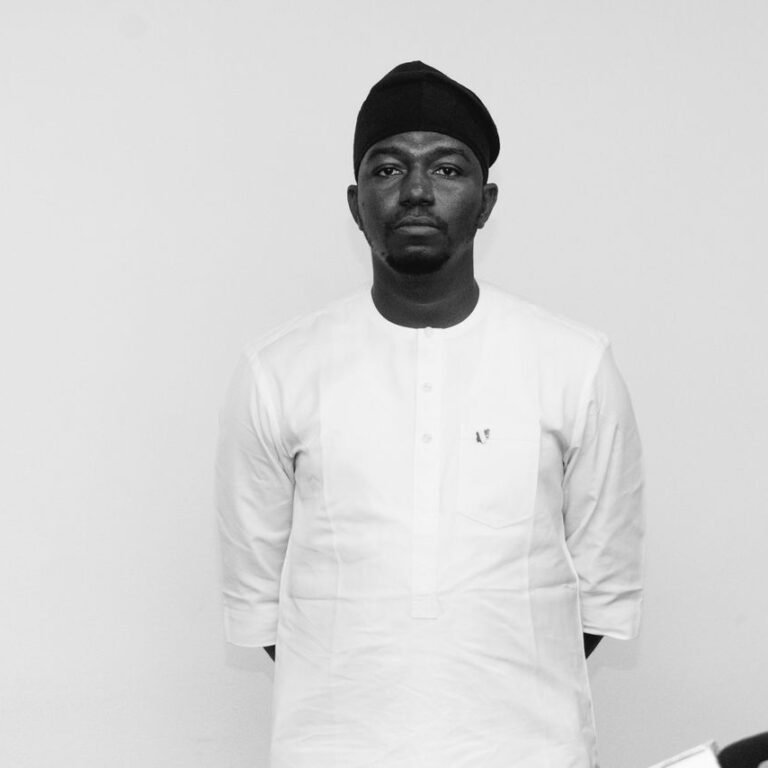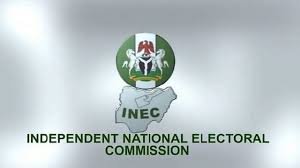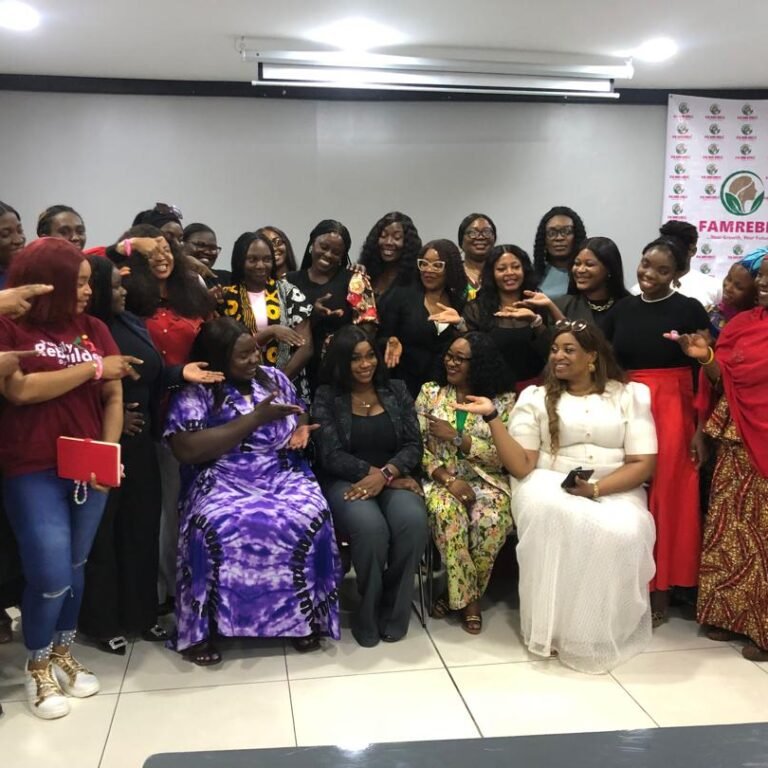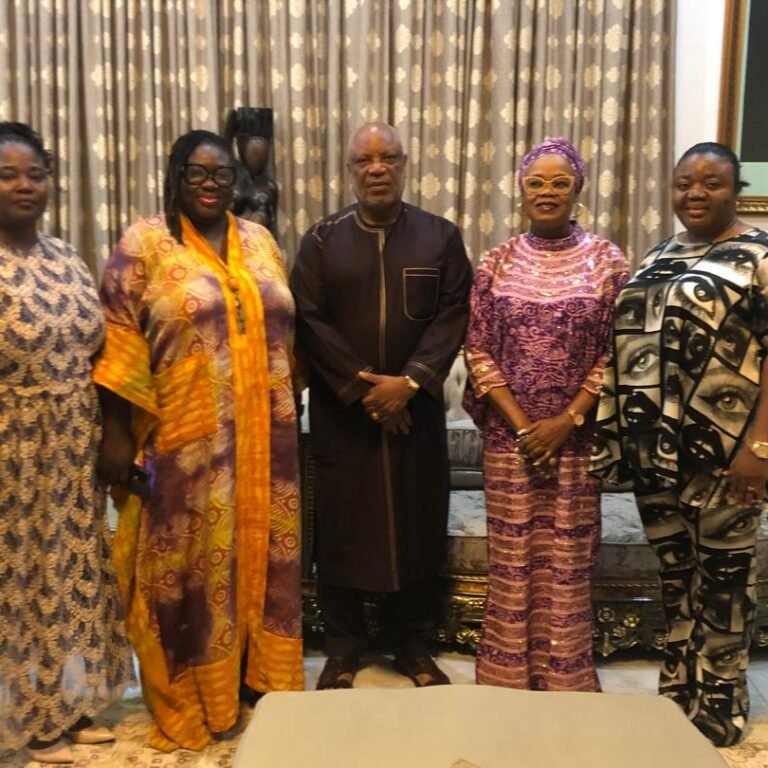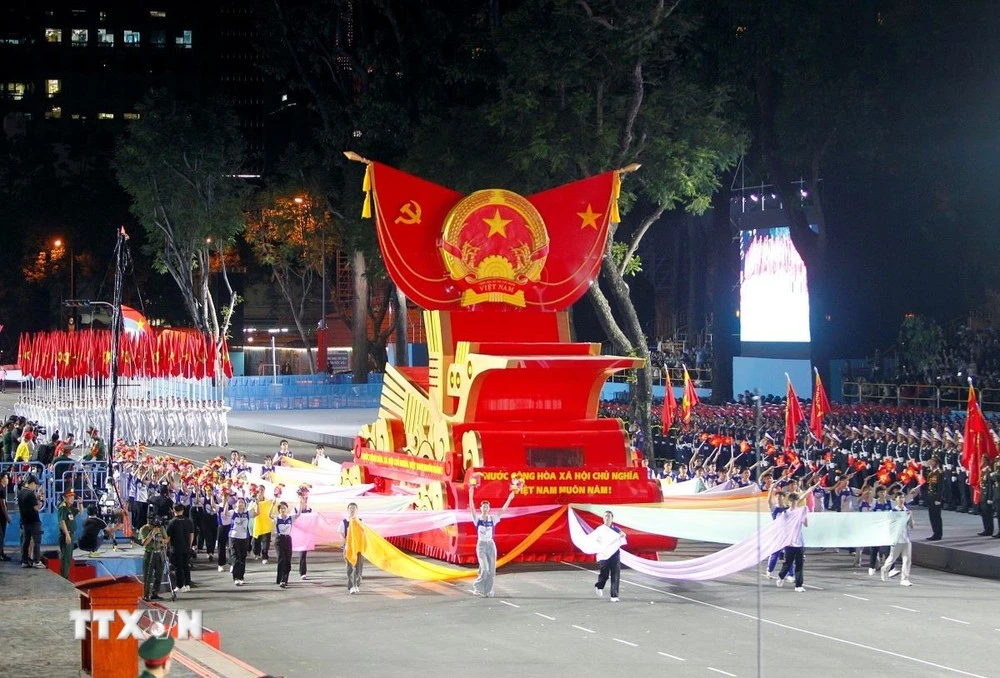
By Ameh Gabriel
April 30, 2025, Ho Chi Minh City beams the center of grand nationwide celebrations marking the 50th anniversary of Vietnam’s reunification, a milestone moment that echoed the spirit of 1975. The commemorations featured a massive military parade with more than 13,000 participants, showcasing Vietnam’s defense strength and cultural pride. Troops from neighboring countries, including Laos, Cambodia, and China, also joined, emphasizing regional solidarity and the enduring friendships formed during the war years.
General Secretary To Lam delivered a powerful speech, calling for unity, peaceful development, and remembrance. “We must carry forward the legacy of sacrifice, uphold independence, and protect peace with responsibility,” he stated. The event was attended by top Vietnamese leaders, war veterans, international dignitaries, and thousands of citizens.
The vibrant celebrations included cultural performances, exhibitions of wartime memorabilia, and tributes to fallen heroes, creating an emotional bridge between generations. Streets were adorned with banners bearing patriotic slogans and images of President Ho Chi Minh, while the Reunification Palace, once the symbol of war’s end, stood as a beacon of peace and national pride.
April 30, 1975, stands as one of the most defining moments in the modern history of Vietnam, a moment that sealed the nation’s victory in a war of survival, unity, and sovereignty. On that historic day, the Vietnamese people finally achieved what generations had long yearned for: the complete liberation and reunification of their homeland. It was more than the end of a war; it was the beginning of a new era, an era of hope, healing, and national reconstruction.
The Power of Unity and Belief
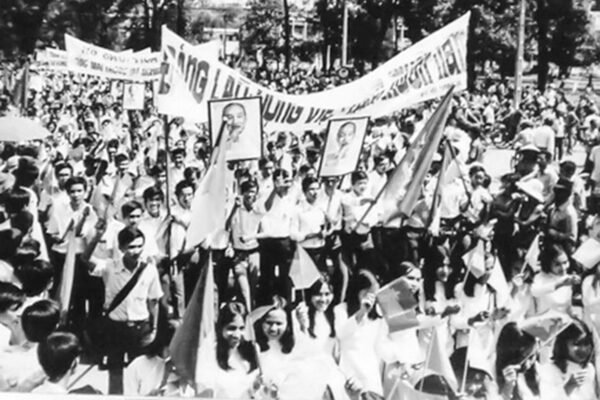
The victory did not come easily. It was the result of decades of struggle, sacrifice, and relentless determination by a people who had endured the horrors of colonization, endured the pain of division, and faced the might of foreign intervention. Against all odds, the Vietnamese people prevailed, powered by a steadfast belief in justice and a deep-seated aspiration for national independence and freedom.
Under the wise and resilient leadership of the Communist Party of Vietnam, the country became a shining example of what national unity can achieve. The strength of the Vietnamese people—farmers, workers, intellectuals, soldiers, and civilians alike was rooted in a shared belief: that their future must be one of sovereignty, dignity, and self-reliance.
Guided by an Eternal Truth
President Ho Chi Minh’s guiding words, “Nothing is more precious than independence and freedom,” were not merely a slogan; they were a creed lived out on the battlefield and in the hearts of the people. His unwavering assertion that “Vietnam is one, the Vietnamese people are one. Rivers may run dry, mountains may erode, but this truth shall never change” became the moral and ideological foundation of the national resistance movement.
These words inspired courage in the face of overwhelming force, patience through years of loss, and hope during moments of despair. Even when cities were bombed, villages destroyed, and lives lost, the spirit of resistance remained unbroken.
The War’s Long Shadow: Healing Wounds, Restoring Land
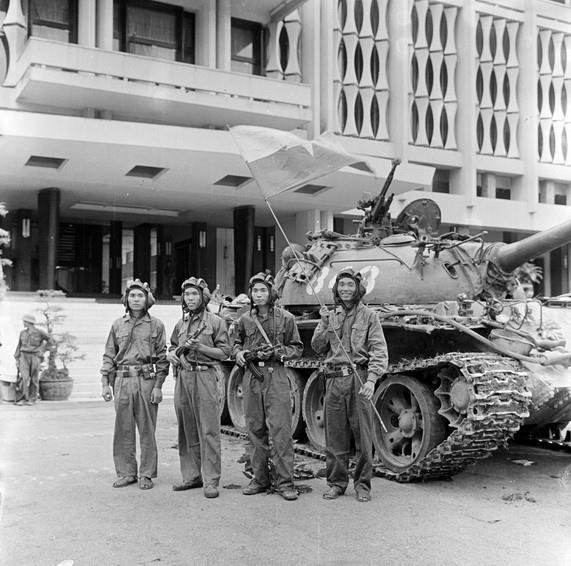
Though the guns fell silent on April 30, 1975, the war’s scars still mark Vietnam’s soil and society. In many central and southern provinces, unexploded ordnance (UXO) from the conflict remains a deadly hazard. Mines and bombs left behind have claimed thousands of lives in peacetime, especially among farmers and children in rural areas.
The Vietnamese government, in collaboration with international partners, has been working tirelessly to clear contaminated land and educate communities about the dangers. Decades of dedicated clearance efforts have made progress, yet vast areas remain unsafe for agriculture and resettlement.
Equally enduring is the devastating impact of Agent Orange, a dioxin-laden chemical defoliant used during the war. Its effects are intergenerational and linked to cancer, birth defects, and environmental degradation. Vietnam has undertaken significant steps to remediate affected areas and care for victims, with projects supported by the U.S. and other countries in recent years.
Memorial parks, rehabilitation centers, and dioxin cleanup sites are symbols not only of past trauma but of a national commitment to healing. These efforts are a testament to the resilience of the Vietnamese people and a hopeful reminder that recovery is ongoing—even half a century after war.
Voices Across the Ocean: The Vietnamese Diaspora Remembers
While April 30, 1975, marked liberation and reunification for many in Vietnam, for a significant number of Vietnamese people, it also marked the beginning of a long, uncertain journey into exile. The end of the war led to one of the largest refugee crises of the 20th century, as hundreds of thousands fled the country, many by seeking safety and opportunity in faraway lands.
In the decades that followed, vibrant Vietnamese communities blossomed in countries like the United States, France, Canada, and Australia. Nowhere is this more evident than in Little Saigon, located in Orange County, Southern California the largest Vietnamese enclave outside Vietnam. Here, the legacy of April 30 is remembered with both pride and pain.

Each year, the community marks the day with solemn ceremonies and protests, reflecting on what many still refer to as the “Fall of Saigon.” For some, it symbolizes loss of homeland, family, and dreams. For others, it’s a moment to reflect on resilience and the ability to rebuild in new lands while preserving culture, language, and identity.
Second- and third-generation Vietnamese-Americans are now reshaping the narrative, using art, media, and education to bridge the generational divide honoring the past while embracing their dual heritage. Through food, language schools, traditional festivals, and even political engagement, the diaspora has ensured that the Vietnamese identity thrives far beyond its native shores.
As Vietnam celebrates 50 years of reunification, diaspora voices are increasingly included in the broader conversation acknowledging the pain of separation while embracing reconciliation, healing, and shared futures.
A Victory That Reshaped the World
The Great Spring Victory of 1975 reverberated far beyond the borders of Vietnam. It sent a clear message to the global community: that even a small nation, when armed with a just cause, indomitable will, and international solidarity, could defeat powerful forces of imperialism and aggression. Vietnam’s victory inspired national liberation movements in countries struggling under colonial rule, particularly across Asia, Africa, and Latin America.
This triumph also reshaped global geopolitics. It challenged the Cold War narratives and proved that ideological determination, grassroots mobilization, and moral clarity could rival military might and material power. Vietnam’s success stood as a testament to human endurance, cultural identity, and the unbreakable bond between a people and their homeland.
A Legacy That Lives On
Fifty years later, the legacy of April 30, 1975, endures not only in the physical reunification of the country but in the collective consciousness of the Vietnamese people. The sacrifices made during the war remain a source of national pride, a reminder of the cost of freedom, and a call to protect peace and unity in every generation.
Today, Vietnam stands tall as a dynamic and forward-looking nation. Its development journey is a continuation of the same spirit that carried the country through war. The memory of that historic victory fuels efforts to build a prosperous, inclusive, and peaceful society a Vietnam that honors its past while boldly shaping its future.
As the nation celebrates this milestone, it also remembers the millions who gave their lives for independence. Their sacrifice paved the way for a Vietnam that is free, strong, and respected on the world stage. Their story is not just Vietnam’s it is the world’s, a shared testament to the enduring human struggle for justice, dignity, and freedom.
April 30, 1975, will forever be etched in history as a symbol of the triumph of the human spirit over adversity. It is a reminder that true victory is not measured solely by the battles won, but by the peace achieved, the unity preserved, and the future built through resilience and hope. Vietnam’s journey, shaped by pain and glory, continues to inspire nations and peoples across the globe. It is the story of a heroic nation that dared to dream and prevailed.


